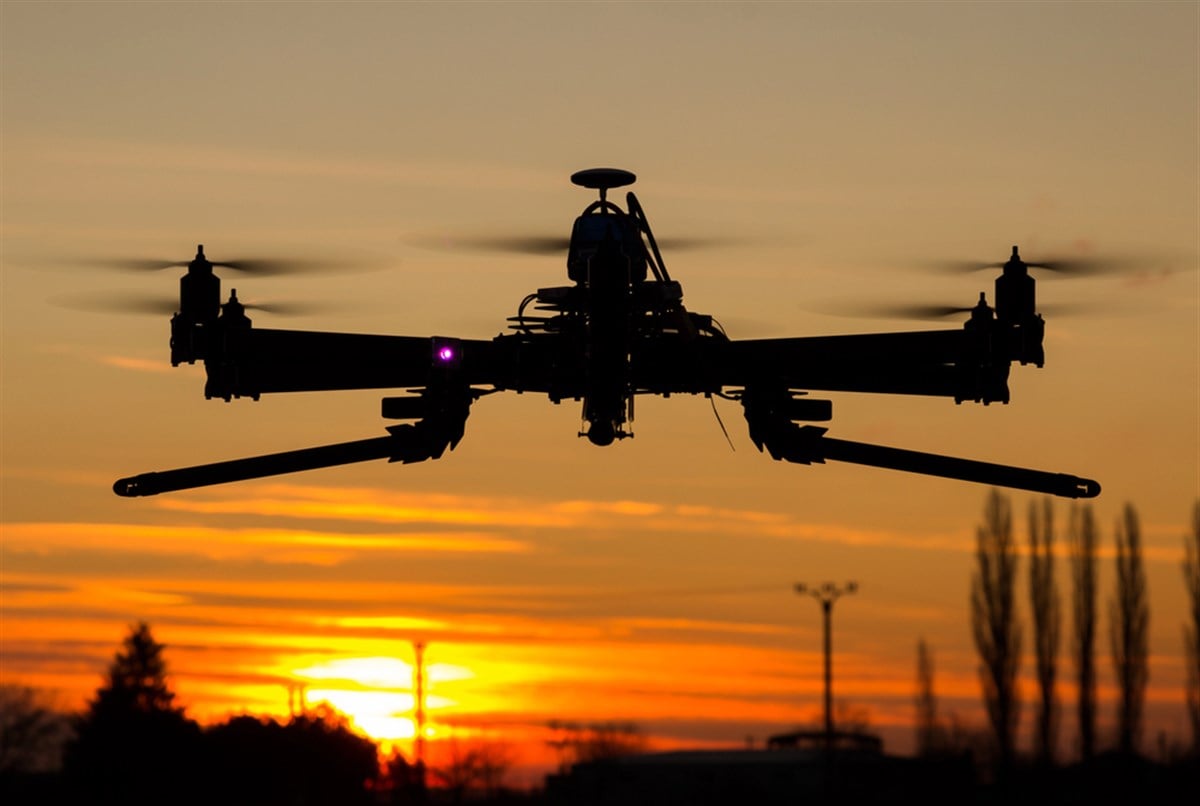3 Drone Stocks Take Flight on Hegesth's Bold Memo: Who and Why

Several drone stocks surged on July 11 after the United States Department of Defense (DoD) released a memo with highly bullish implications for the industry. In the memo titled “Unleashing U.S. Military Drone Dominance," Secretary of Defense Pete Hegseth shared his vision for increased U.S. drone production and use. Let’s dive into some of the specifics of the memo and the defense stocks that were among the biggest beneficiaries.
Hegseth’s Small-Drone Focus Helps Shares of RCAT Blast Off
Hegseth says the United States has fallen behind the rest of the world in drone production. Now, to bridge this gap, Hegseth is “rescinding restrictive policies that hindered production." However, the one-page memo didn’t provide much detail on what is actually changing in U.S. drone policy. Publications like The War Zone reveal that the memo largely focuses on increasing U.S. production of small drones, such as those made by Red Cat (NASDAQ: RCAT).
Small drones like Red Cat’s Black Widow will now be “accounted for as consumable commodities, not durable property." This empowers soldiers to use these drones without worrying about whether adversaries will destroy them. By the end of 2026, Hegseth wants to equip every squad with cheap and expendable drones.
This shift could lead to big-time sales boosts for Red Cat down the road.
In response to this news, Red Cat soared over 26% on July 11 and another 20% on July 14. In 2024, the Black Widow became the winner of the U.S. Army’s Short Range Reconnaissance (SRR) Program of Record, making it the sole drone used by the Army in SRR. Red Cat only recorded around $16.5 million in sales over the last 12 months. Thus, the company has a significant opportunity to grow from that small base. Hegseth’s memo increases the likelihood of this happening.
KTOS: Affordable & Advanced Jet Drones With Training at the Forefront
Although the memo is largely focused on small drones, Kratos Defense and Security Solutions (NASDAQ: KTOS) also saw shares rise nearly 12% on July 11. Kratos makes much larger fighter jet drones, but there are multiple key reasons why the memo is a positive for the firm.
Hegseth wants America to “power the technological leapfrog” in drone technology, which lines up with Kratos’ jet drone focus. Additionally, there was an overarching emphasis in the memo on low-cost drones. Kratos has become known for making affordability a central tenet of the technologies it offers. Kratos developed the XQ-58A under the Air Force’s Low-Cost Attritable Aircraft Technology (LCAAT) Initiative. Attritable means that due to its low cost, the military can replace the drone if it is lost in battle.
A XQ-58A currently costs between $4 million and $6 million. This is much cheaper than manned jets like Lockheed Martin’s (NYSE: LMT) F-35 at $80 million to $100 million each. Still, Kratos is working to get the XQ-58A price tag down to $2 million, largely through increased production. When it comes to advanced jet drones, Kratos' focus on affordability makes the company a prime drone jet partner for the U.S. military.
Lastly, the memo highlighted the idea that the military should “train as we expect to fight." By next year, Hegseth wants to see the military train by simulating battles using drones on both sides. Tying into this, Kratos also has a large focus on making target drones, which are used to mimic real fighting. In fact, the company is forecasting between $240 million and $250 million in target drone revenue in 2025. That accounts for more than 80% of its forecasted unmanned systems revenue. Thus, the company could see a big uptick in orders of target drones given the memo’s emphasis on training. Overall, Kratos' focus on technological advancement, affordability, and target drones clearly lines up with Hegseth’s vision, leading to a big rise in shares.
AVAV Soars As DoD Helps Grow the Drone Industry Pie
AeroVironment (NASDAQ: AVAV) also gained 11% on July 11. The company makes a variety of drones of different sizes. Only some of its products will shift from the “durable” to the “consumable” classification. Still, the overall push toward expanded U.S. military drone adoption is good for this name.
Overall, the Trump administration is clearly taking a more favorable stance on drone warfare. This means the overall pie for this industry will grow bigger, benefiting many players. Still, these firms will fiercely fight to carve out their own niches, making paying attention to changes in the competitive landscape going forward vital for investors.
Learn more about RCAT


